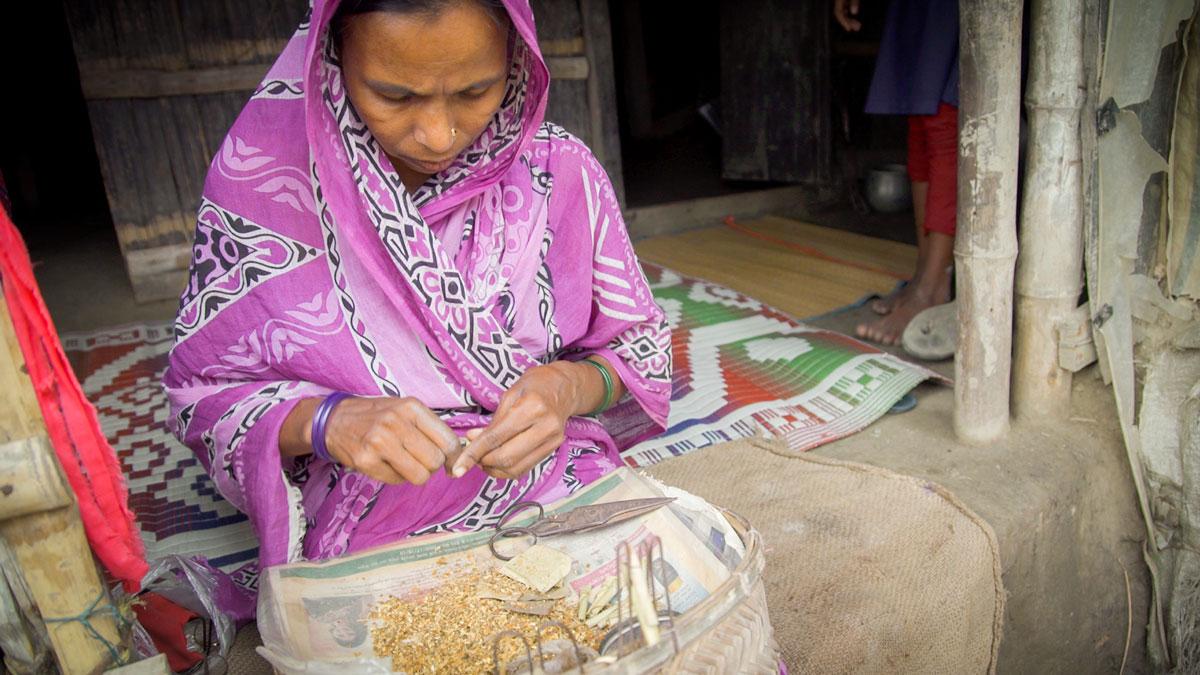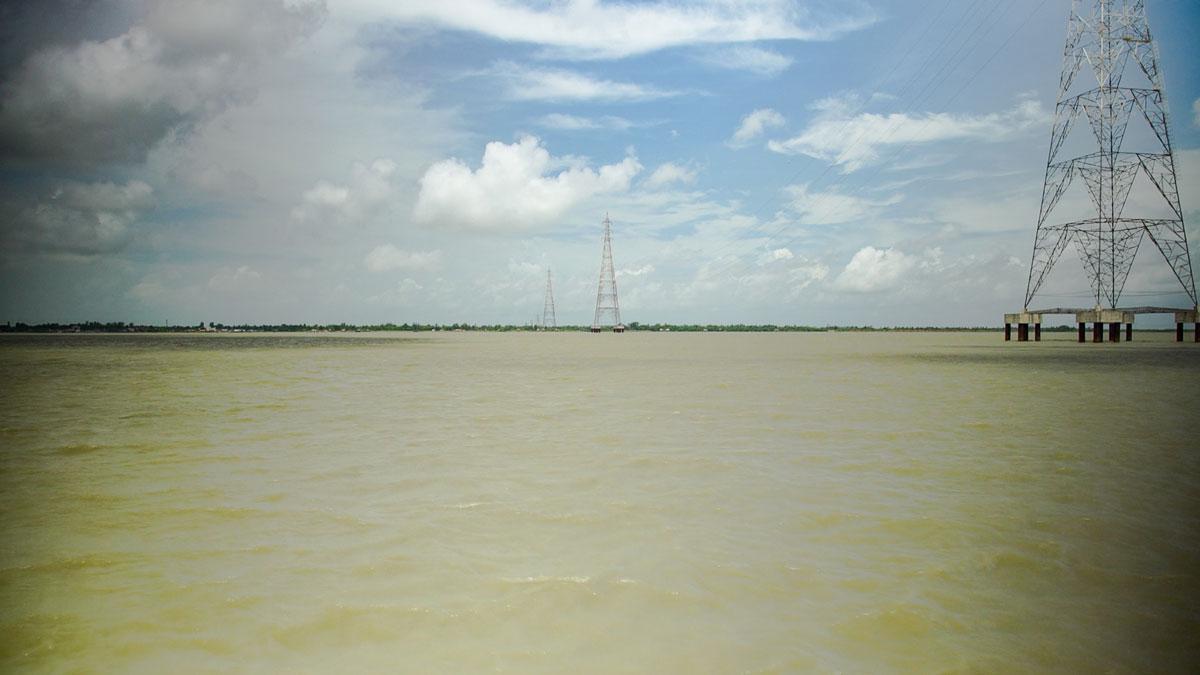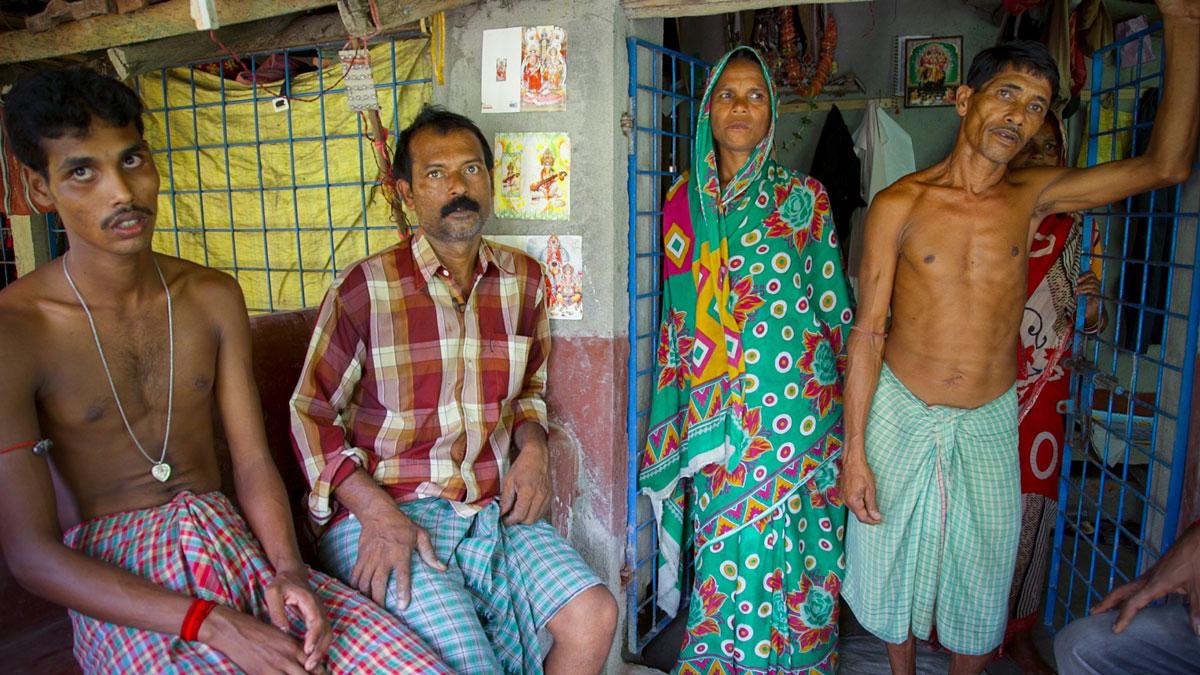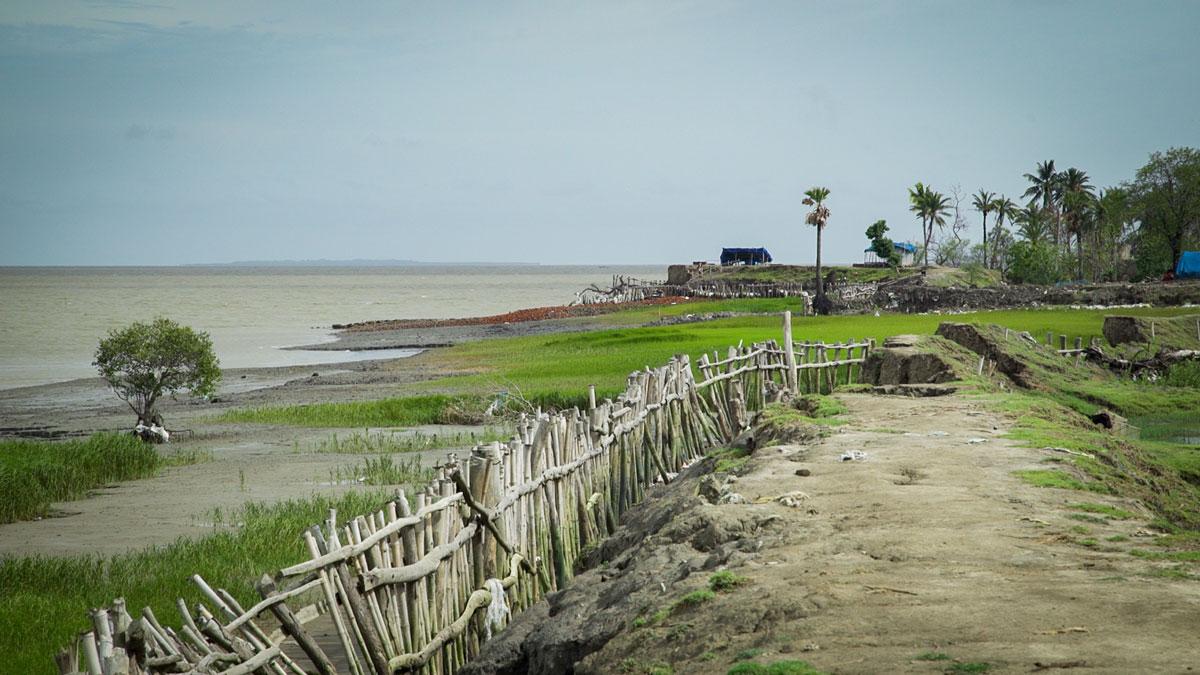Climate change-linked ‘everyday disasters’ are displacing the world’s poorest people
At the tip of Sagar Island where it meets the Bay of Bengal battered earthen dikes no longer keep the sea at bay.
A report prepared for the UN Global Platform for Disaster Risk Reduction says when you add up the mounting losses from climate change, it’s small-scale, “everyday disasters” that are taking the biggest toll on the world’s poorest people.
These localized, gradual changes fueled by repeated droughts, higher high tides, land erosion and more frequent flooding go largely unnoticed by governments and international aid groups, leaving people like Sonaban Bibi, a 45-year-old single mother, to fend for themselves.
Bibi lives in a tiny riverside shack in the Sundarbans, a vast network of coastal islands spanning the border between India and Bangladesh at the confluence of three rivers. Her only income is from rolling bidis, the local cigarettes — a status that ranks her among India’s poorest.

She says sometimes she and her 12-year-old daughter, Manjira, only eat one meal a day. Sometimes nothing at all. And she says every year she faces more problems. The water keeps flooding her battered home here in the village of Dholkhali, keeping her from work and forcing repairs she can’t afford.
She already fled the area once after losing everything to a cyclone. But an illness sent her home after three years working in a factory in Tamil Nadu. Now she worries she’ll have to leave again once the rapidly eroding land under her home is gone for good. Which may not be that far off.
“Average sea level rise in this part of the world is double the average sea level rise in [other] parts of the world,” says ecologist Asish Ghosh, founder of the Kolkata-based, Center for Environment and Development. “Average sea surface temperature rise is also significantly higher than the rest of the world, making the 4.5 million people living in the Indian Sundarbans one of the most vulnerable people in the entire global scenario.”
Follow all of our coverage of the Paris talks and the global climate crisis

It’s a complex problem. Water is not only rising. The land here is also sinking, a factor of the spongy delta soils. At the tip of Sagar Island, about 100 miles away from Bibi’s home, on the Bay of Bengal, that vulnerability Ghosh speaks of is all too stark.
Ghosh points inland. Or, what used to be inland, to where the tide has surged more than a 100 yards past the eroded earthen dike we’re standing on, past several abandoned and badly damaged homes, and into rice fields now flooded with sea water. Ghosh says tens of thousands of people have already been driven from this landscape. A slow-drip exodus that’s about to become a full-blown crisis.
“Between 2030 and 2050, we have to move more than one million people from this island area of Sundarban to the mainland area,” he says. “This is a massive human migration that we are predicting. And are we ready for that?”
The answer, according to Anurag Danda, head of climate adaptation for WWF India, is a resounding no.
He says, “unfortunately the recognition of this environmental change is just not there.” And here in the Sunderbans, Danda says government inaction leaves most of these environmental migrants, and the towns they flee to, to fend for themselves. “The small towns within the Sundarbans are growing at such a rapid pace that they are being overwhelmed in terms of capacities to deal with that kind of population,” he says.
Danda predicts that if nothing is done the region will face instability and conflict as the flood of migrants grows. Not to mention the influx from even more populated islands just across the border in Bangladesh.
It’s a fear shared by Asish Ghosh. “As a scientist of 50 years experience,” he says, “I don’t think I can assure anyone, don’t be worried everything will be all right, no it’s not going to be all right.”
But Ghosh says it doesn’t have to be hopeless. Instead of leaving the migrants to their own fate, Ghosh envisions a massive retraining program to transform the Sundarbans’ unskilled farmers and fishers into a new workforce for India’s surging economy. “We need painter, we need carpenter, we need electrician, we need plumber, crane operators,” he says.
Who pays for such a program is another matter, especially in a world where, unlike those displaced by war and political persecution, people forced to move because of climate change have few rights or protections. Ghosh says “the United Nation doesn’t even recognize environmental refugees as part of the refugee problem.” This, he says, despite the fact that the people living here have one of the lowest carbon footprints in the world and are suffering some of the worst consequences of global warming.
Offering them training, Ghosh argues, would recast migration as an opportunity for a better life rather than a measure of desperation. A means of hope in region where hope is hard to come by.

But for now, that opportunity remains just a hope for people like 47-year-old Uttam Doloi. He knows what it means to be displaced by rising seas. He’s already moved once, to Sagar Island from nearby Ghoramara Island.
Doloi says the land he and his family left behind is gone. But he considers himself one of the lucky ones. Doloi came to Sagar under a government resettlement program that no longer exists.
But he says his new life feels equally perilous.
Doloi has heard that Sagar will suffer the same fate as the island he left behind, which is now half under water. Three other islands in the Indian Sundarbans have already disappeared entirely. And he fears his new home could soon follow. This time leaving him with few options and even less money to move again.
